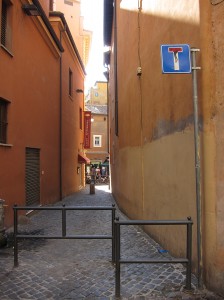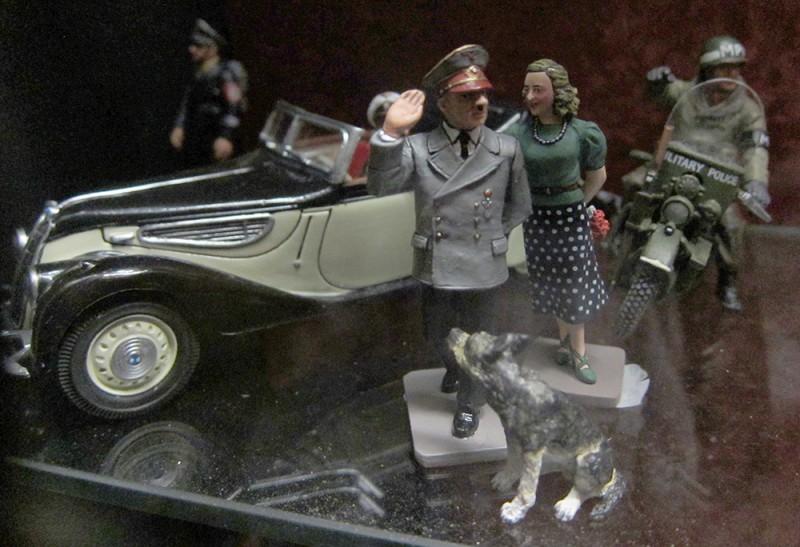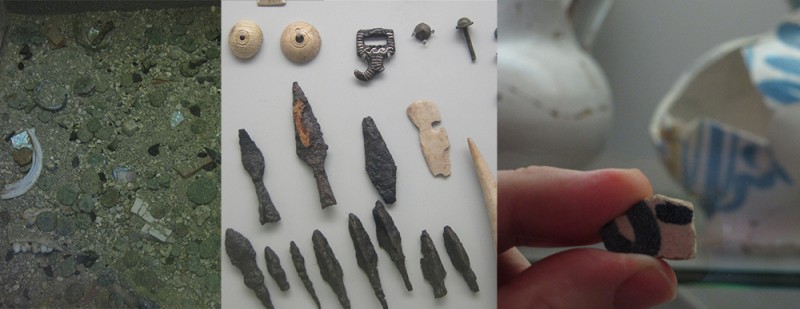What is that?! Is that what I think it is?
These toys were part of a window display in a little store in the center of Rome. I don’t believe a lot of kids play with Nazi toy soldiers…in Italy, today. But if WWII turned out differently, these might have been the coveted toys, not just for a limited set of adult collectors, but for average, everyday kids…who happened to be living in an alternate reality.
So this brings me to the main point of this post: products have to have cultural relevance, and this requires designers to have a good grasp on social background knowledge and on the subject matter within which they are working.
 Consider this little street sign in Rome as another example of cultural and subject matter relevancy:
Consider this little street sign in Rome as another example of cultural and subject matter relevancy:
If you click on the image, you can get a larger version—yes, it is a crucifix with Jesus icon. Here in San Francisco, this sign wouldn’t work. But in Rome, it makes perfect sense. It’s culturally relevant and conveys information to the local population.
Both of these examples show that it’s not just cultural knowledge that’s important. Without knowing the meaning of a crucifix or being able to recognize toys as Nazi soldiers, you wouldn’t know to be indignant or surprised. Background knowledge is just as necessary to product comprehension and appreciation as social knowledge.
Necessary Knowledge
Being Rome, the nest of civilization for thousands of years, means the streets are littered with ancient artifacts. We found quite a few: pottery shards, old nails, bits of mosaics, tiles… They were everywhere we looked. The trick was to recognize what we were looking at, and this required background knowledge. Because the ability to see is intimately tied into the knowledge of history and how people lived 2,000 or some years ago.
Most people just walked past these artifacts. They look like junk. (And were probably part of the ancient garbage and litter.)
As you can see from the left image, by themselves, they don’t look like much. You need to know what to look for. The center image shows the same artifacts all cleaned up in a museum.
On the right, you can see a bit of pottery we found. The exhibit in the background shows that it was an ancient artifact—same clay, same glaze, same pattern. But it took a trained eye to recognize its value.
Product designers need to be able to recognize value, to see it. And this skill is intimately tied to their education.



